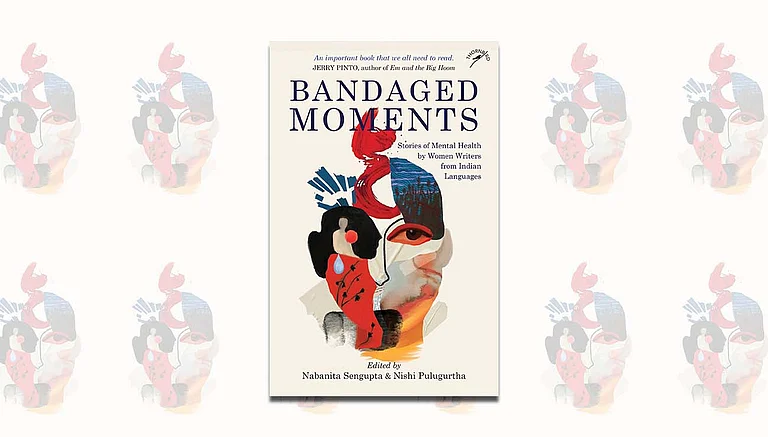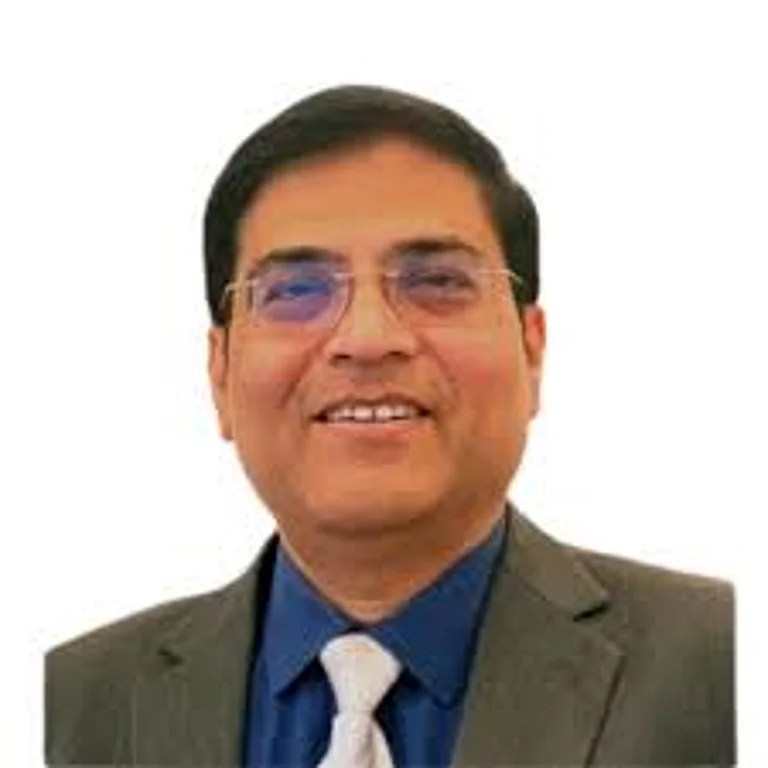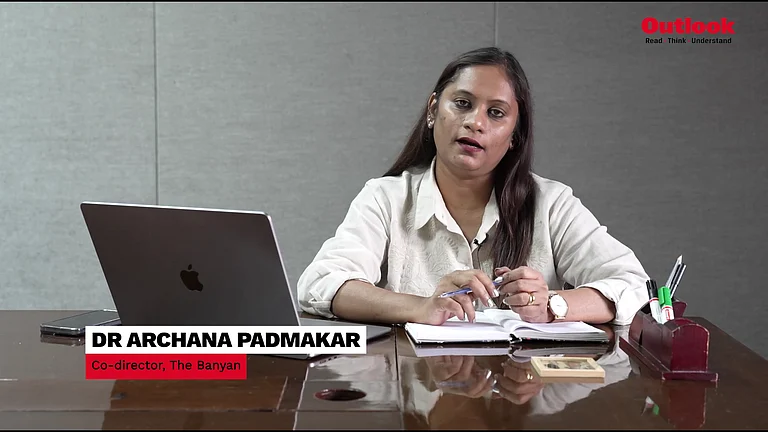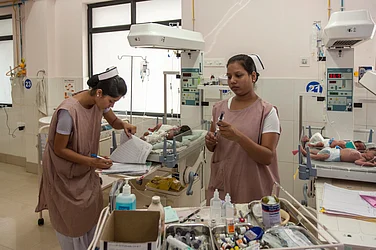
India’s community mental health services began at NIMHANS in 1975, leading to the DMHP, now covering 95 per cent of districts.
Policies like the Mental Healthcare Act 2017 and Tele-MANAS (2022) have expanded access through digital and primary care platforms.
Shortages, stigma, and fund underuse remain major hurdles; experts call for stronger training, evaluation, and support.
The first initiative of community-based services in India was launched in NIMHANS in the year 1975. As part of this initiative, the Centre for Advanced Research on Community Mental Health became operational. The community mental health programme was initiated in the catchment area of one lakh population. The aim was to provide continuous mental health services in primary care settings, train mental health professionals in community mental health, and primary care personnel in delivering mental health care, initiate a homecare programme for the severely mentally ill and lastly, to assess the impact of continuous mental health services in the primary health centre catchment area.
The district of Bellary in northern Karnataka was the first in the country where the District Mental Health Programme (DMHP) was rolled out as a pilot, tested between 1985 and 1990. The approach was to deliver mental healthcare services in primary care settings through the primary healthcare personnel in the district and to monitor the same programme using administrative infrastructure of health in the district. The DMHP consists of psychiatrists, psychologists, social workers, nurses, pharmacists and support staff to provide mental health services at the district headquarters hospital. The team was involved in training primary care personnel of the entire district and also in providing support to the personnel by visiting the primary healthcare centre as well as discussing cases, clarifying doubts, and identifying patients who require higher level of care so that they could be shifted to the district hospital for inpatient care. The DMHP was operational for a period of five years. Simple records were developed to capture the data and this was uploaded on the database. The data generated was analysed periodically in order to understand the correctness of diagnosis, coverage for priority mental disorders across the primary health centres, outcome of intervention provided by the primary care staff, and also to understand the impact on integrating mental health into general health services as well as the coverage for priority mental healthcare in the entire district.
The district model of integrating mental health into general health services during the pilot period suggested coverage of 40 per cent in the entire district with a population of one million people. The community mental health model of integrating mental health into general health services was reviewed by experts from the public health, mental health and social sectors, both within and outside the country. Evaluation of the Bellary mental health programme suggested that it was feasible to offer mental healthcare in the entire district by providing centralised training for the medical officers, health workers, and other paramedical staff at the district headquarters. It was also noted that giving on-the-job training and support for the personnel who were implementing this programme was cost-effective as well as relevant in the Indian context. Also, administrative support for the smooth implementation of the district model could be done effectively with the help of administrative support from the district officials, which is an important aspect of this programme.
Based on the success of the district, the expansion of the DMHP was started in 1996, resulting in incremental coverage of districts within the country in a planned manner in the five-year period. Currently, there are 743 districts that are covered by the DMHP out of the possible 780 districts. This represents 95 per cent coverage for the country in the form of the DMHP. From a single district in 1985 to 780 districts in 2025 is remarkable progress and the nation can be proud of it. However, there are certain challenges in the implementation as well as coverage of mental health services.
Mental Health Resources in India
The DMHP represents the feasible and practical approach to deliver mental healthcare in a wasteful country like ours. Suitable modifications should be made to address the specific needs of the country, particularly taking into consideration geographical, cultural, ethnic, socio-economic, human resource-related and educational barriers that may exist in the country.
The resources available to cater to the mental health needs of the country are predominantly the mental hospitals, medical colleges, traditional faith-healers and practitioners of soft traditional medicine in India. Currently, there are 43 mental hospitals, and 783 medical colleges, of which 386 are government-run medical colleges. In addition to the above, there are seven central institutes fully funded by the Government of India, 13 employee State insurance institutions that includes medical and nursing colleges supported by a network of hospitals across the country. All India Institute of Medical Sciences-like institutes are 20 in number, JIPMER-like institutions are two, located in various states and Union Territories. For a country as big as ours with the world’s highest population, the above-mentioned resources are grossly inadequate and therefore, the existence of community-based delivery mechanisms such as the DMHP, which caters to the mental health needs of the people in rural and urban areas, is crucial.
Incremental coverage of districts to deliver medical health services happened from the ninth five-year plan onwards. As mentioned above, there are 743 district mental health programmes which cover of 95 per cent of the districts in the country.
The National Mental Health Policy 2014 and the Mental Healthcare Act 2017 gave tremendous impetus to the DMHP by emphasising integrating mental health into general health services as a way to deliver culturally appropriate and economical services as well as a practical alternative to respond to the needs of the population.
Understanding the implementation of the DMHP in terms of some challenges, such as poor coverage, confinement of services to the district as well as taluk headquarters, and lack of total integration of mental health into general health services resulted in the development of the Treatment as Usual (TAU) Mental Health Programme. The initiative to extend the DMHP in the form of the National Mental Health Programme (NMHP) was started by the Government of India in 2018-19.
Initially, the DMHP was approved in the laws of Karnataka state, and the goal was to ensure deeper penetration of mental health services in the community. The initiatives considered were psychiatric research projects for enhancing the community mental health services and interventions and promoting a primary care psychiatry programme. It is considered to be a good initiative to bridge the treatment gap by covering both mental healthcare services and training non-professionals (Asha workers, pharmacists, auxillary nurse midwives, nurses, and other volunteers in the community) to facilitate early identification of mental health problems and referral to the higher Centre.
The Government of India launched a national tele Mental Health programme (Tele-MANAS) as a digital arm of the NMHP on World Mental Health Day 2022. This was done to improve access to quality online mental health guidance, counselling and other care services in the country in the context of the mental health crisis during the Covid-19 pandemic. Tele-MANAS aims to provide free mental health services to the people across the country 24/7, particularly serving people in remote areas. The programme includes a network of 23 Centres of Excellence with NIMHANS being the nodal Centre and the International Institute of Information Technology, Bangalore providing technical support.
Mental health services have been added to the package of services provided under the Ayushman Bharat scheme, within the Ayushman Bharat Health and Wellness Centres and the Pradhan Mantri Jan Arogya Yojana. This scheme provides access to mental health services through primary healthcare facilities as well as specialised hospital treatments.
Evaluation of the DMHP and Recommendations
The DMHP’s implementation should be extended for a further period of five years at all existing centres as a centrally funded scheme. The DMHP needs to be implemented in at least one district of all states and Union Territories that have not been included in the scheme already. The states and Union Territories that have requested to start more districts in their respective states should be given priority in further expansion of the DMHP scheme. A central coordinating and monitoring cell should be in place to oversee the implementation and development of the DMHP, such as a support and supervisory body should have the DMHP scheme as its exclusive full-time responsibility. And this body should be handled by an individual of adequate seniority and experience. An advisory group of experts with adequate mental health and public health expertise and experience should be constituted to provide technical advice to the DMHP. Revised workshops should be organised to review the results and recommendations of the current evaluation of the DMHP and to plan its future expansion.
The second evaluation of the DMHP was conducted by the Indian Council of Market Research from 2008 to 2009, which was based on the analysis of the DMHP functioning across the country. The ICMR evaluated the DMHP in various districts and based on the inputs given by the ICMR, the programme was expanded to include activities like school mental health programmes, college counselling services, stress management at workplaces and suicide prevention programmes. A mental health policy group was set up by the Ministry of Health and Family Welfare in 2012 to review the DMHP’s implementation and to provide recommendations for its improved functioning. The National Human Rights Commission also evaluated the DMHP and published a technical committee report on mental health in 2016.
A total of Rs 52,224 lakh was allocated by the Centre for the DMHP between 2015 and 2021. It was found that funds have been consistently under-utilised by the states over the years. Only 38 per cent of the allocated amount was utilised by the states and only 10 states and Union Territories were found utilising more than 40 per cent of the allocated funds. Fourteen states use less than 25 per cent of the funds allocated. Andhra Pradesh with 78 per cent, West Bengal with 71 per cent, and Chhattisgarh with 64 per cent are the states with the highest percentage of utilisation of funds.
Challenges and limitations persist despite evolution and constant progress. India still faces obstacles in providing comprehensive mental healthcare services to the increasing population. The stigma associated with mental illness and limited awareness of mental health issues in rural areas remain significant hurdles. Shortage of mental health professionals is one of the most significant limitations. This includes the shortage of psychiatrists, clinical psychologists and psychiatric nurses. India has a disproportionately lower number of mental health professionals compared to the size of the population, making it difficult to provide comprehensive mental health services to people.
The Way Ahead
The most effective way of delivering services to a large population like India’s is by using a community-based approach such as the DMHP. However, the professionals who are implementing this programme should be trained adequately and should receive good financial incentives to implement it. The DMHP should be evaluated annually so that challenges are identified at the right time and barriers are overcome by finding appropriate solutions. The DMHP is the most viable practical alternative to reduce the treatment gap for mental health problems in the country. Commitment of mental health professionals, policy makers and administrators is absolutely essential to make this programme more effective.



























